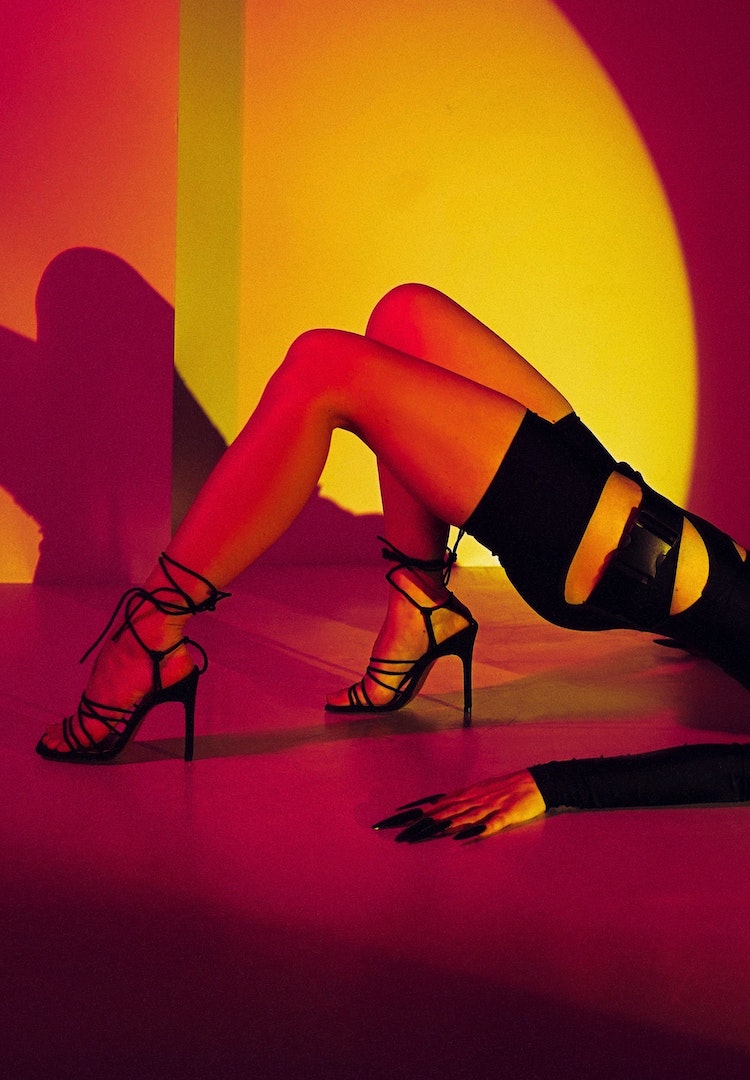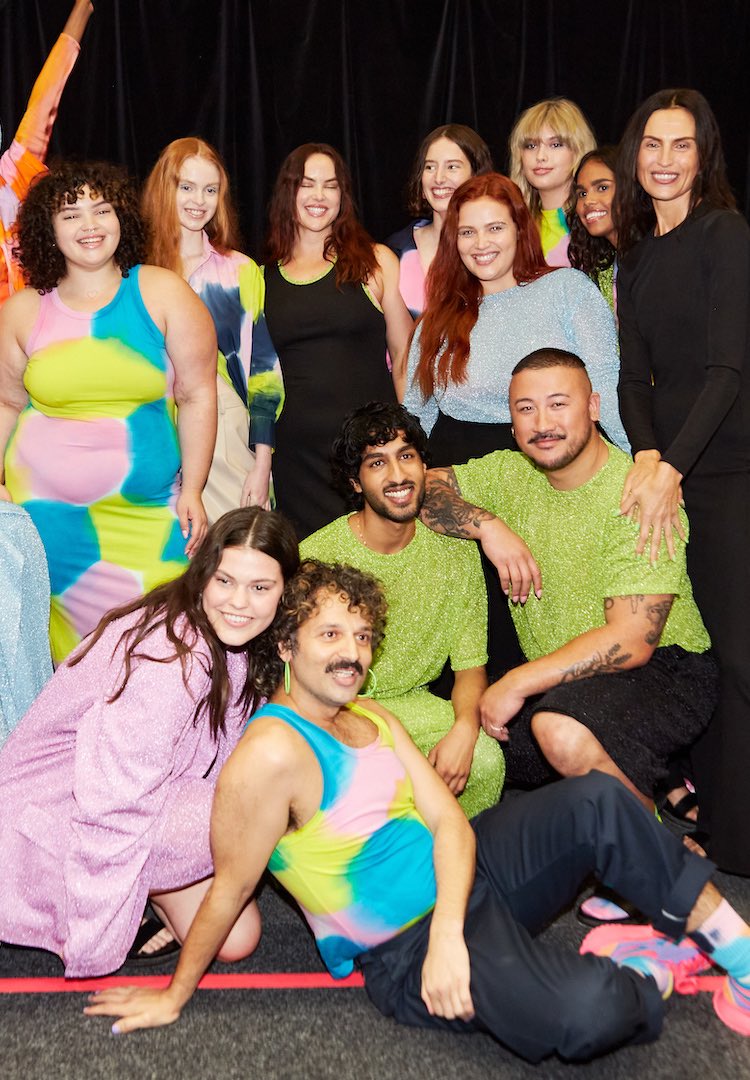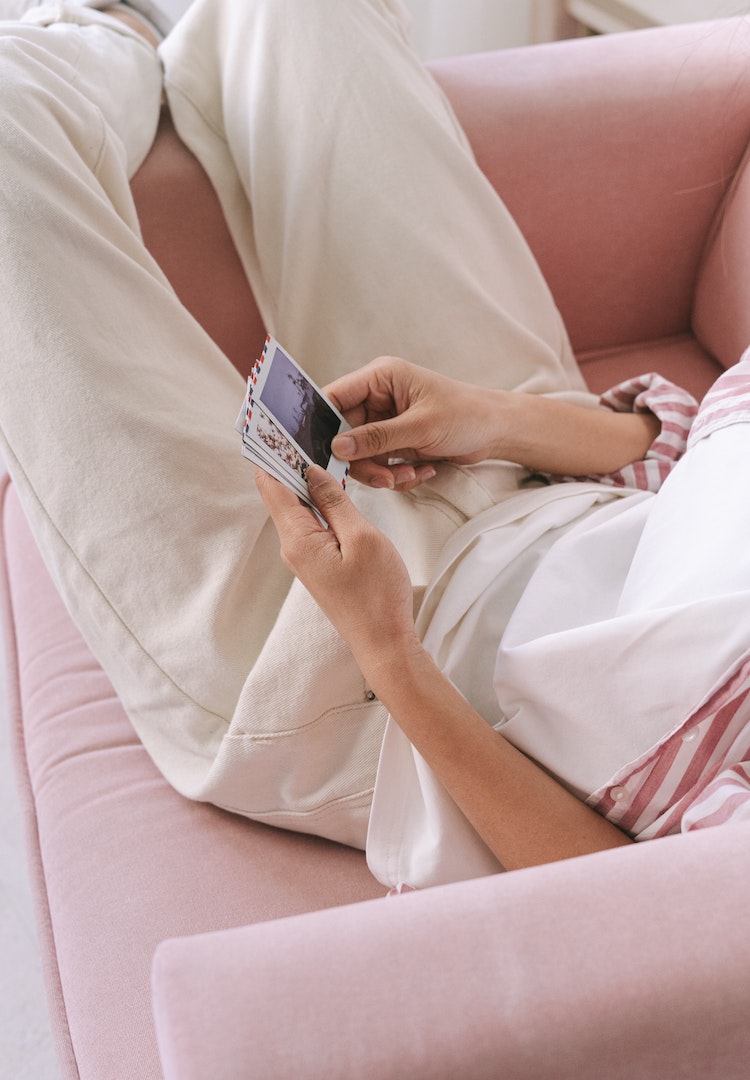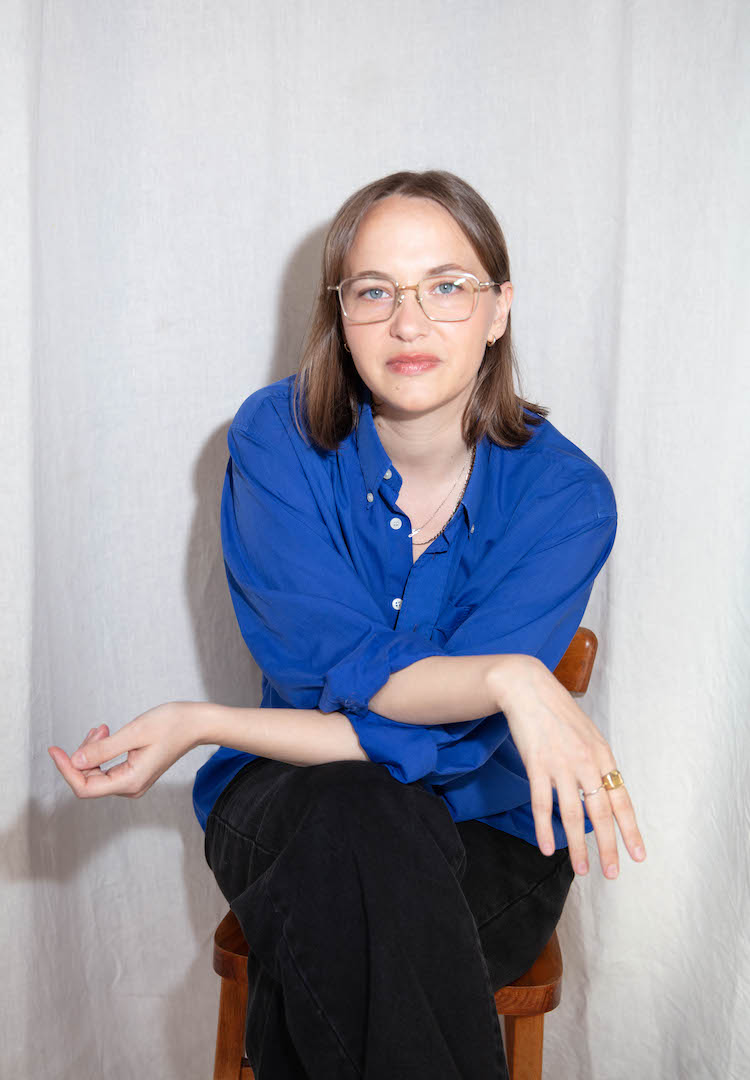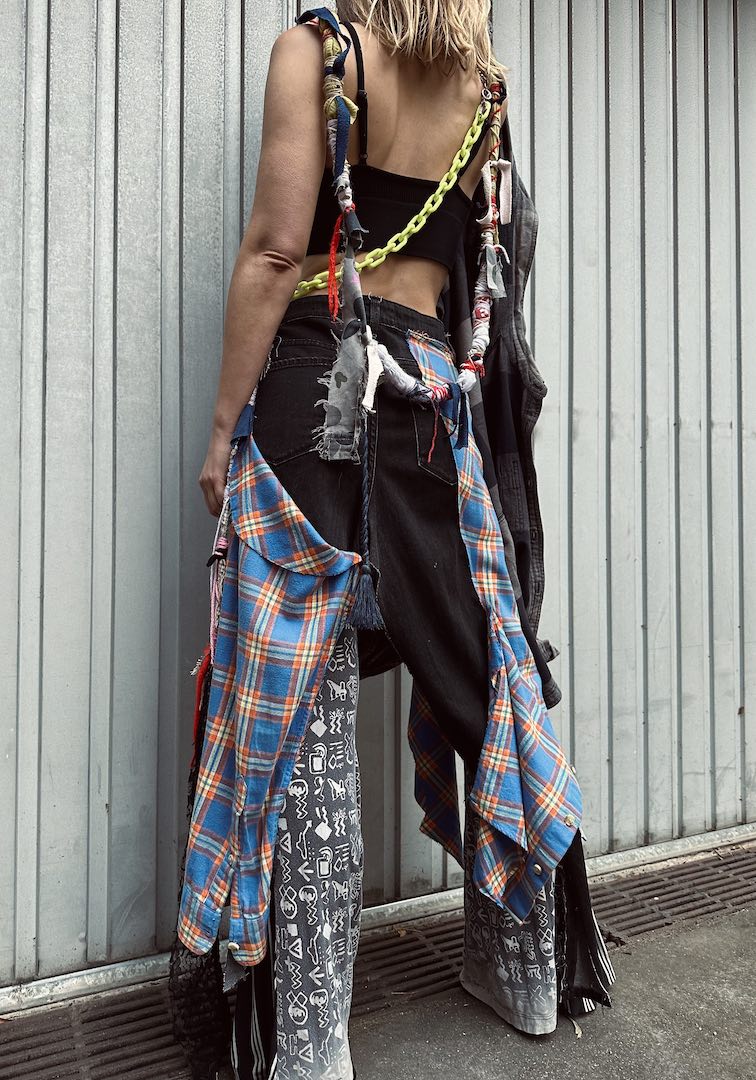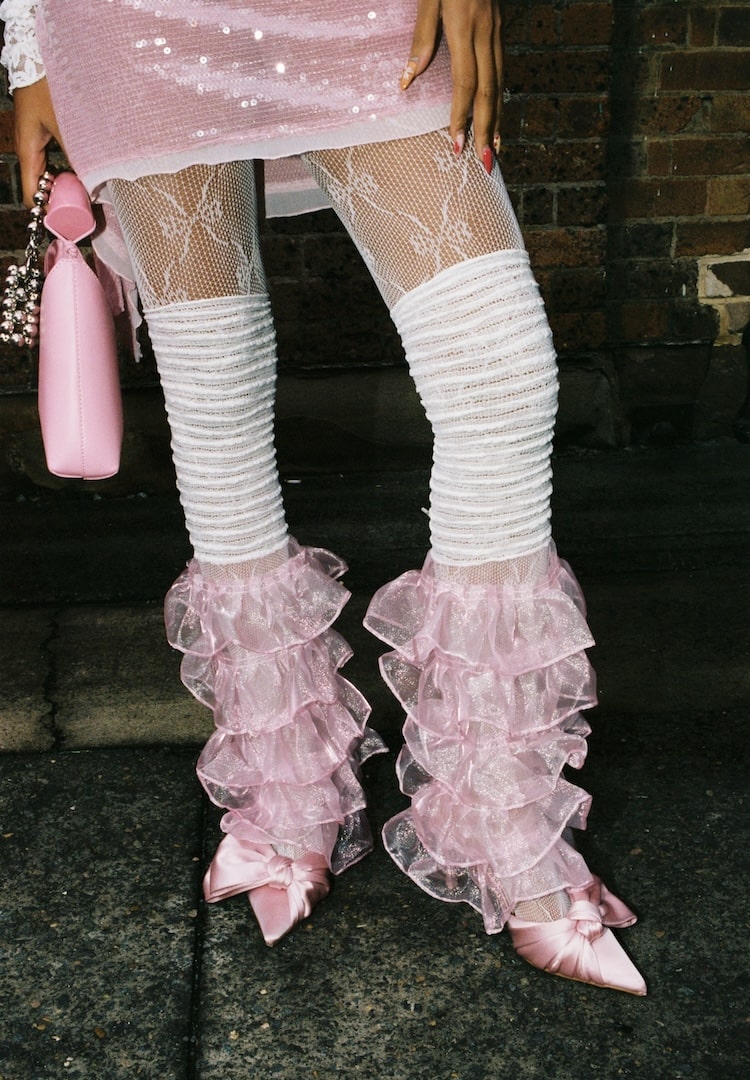How I Got Here: Designer Gary Bigeni on why realism and creativity go hand-in-hand in fashion
Photography by Lexi Laphor
Words by Maggie Zhou and Cait Emma Burke
“I’ve always worked as an independent designer, and a large part of that is learning how to survive in this industry.”
Have you ever stalked someone on LinkedIn and wondered how on earth they managed to land that wildly impressive job? While the internet and social media might have us believe that our ideal job is a mere pipe dream, the individuals who have these jobs were, believe it or not, in the same position once, fantasising over someone else’s seemingly unattainable job.
But behind the awe-inspiring titles and the fancy work events lies a heck of a lot of hard work. So what lessons have been learnt and what skills have proved invaluable in getting them from daydreaming about success to actually being at the top of their industry?
Looking for a new 9 to 5? Head to our Careers page for new listings daily.
Welcome to How I Got Here, where we talk to people who are killing it in their respective fields about how they landed their awe-inspiring jobs, exploring the peaks and pits, the failures and the wins, and most importantly the knowledge, advice and practical tips they’ve gleaned along the way.
This week, we welcome designer Gary Bigeni into the fold. For someone celebrating their 20th anniversary in fashion, the way Gary has held onto his optimistic and bright-eyed approach to the industry is admirable. Dopamine dressing has long been in his eponymous brand’s DNA before it was a trending term – vibrant hues and brazen designs are what make Gary’s pieces so unique.
A veteran of Afterpay Australian Fashion Week (AAFW), his show this year will be open to the public as part of the AAFW: The Experience initiative that gives consumers the opportunity to attend shows. As an official media partner of AAFW, we had the chance to sit down with Gary before the mayhem of fashion week truly takes off. Below, glean insights into his creative and practical processes and his hopes for the future of Australia’s fashion industry.
What do you do and what’s your official job title?
My official job title is fashion designer. Alongside designing clothes, I run my own business solo which means I’m responsible for production, sales, marketing, social media and PR, as well as boring things like looking after finances. Alongside my business, I also teach fashion design at the University of Technology Sydney and am a trained youth worker and host fashion workshops for disadvantaged kids.
View this post on Instagram
Take us back to when you were first starting out. Did you study to get into your chosen field, or did you start out with an internship/entry-level role and climb the ladder? Tell us the story.
After finishing year 10, I decided to find my way into fashion by studying an apparel manufacturing course which taught me the technical side of the industry from patternmaking to sewing to grading. Following this course, I went to East Sydney Tech[nical College] (now known as the National Art School) to study fashion design. After I graduated, I was selected to do a student show for Australian Fashion Week in 2003.
After this, I was lucky enough to be mentored by Belinda Seper who gave me a studio space above The Corner Shop which gave me time and resources to set up the foundations of my brand. I’ve always worked as an independent designer, and a large part of that is learning how to survive in this industry.
This year marks my 20-year anniversary in the industry. Over the past few years, I’ve pivoted my business away from wholesaling to a preorder model. This allows me to be more sustainable by ordering accurately rather than stockpiling. [It] also gives me more direct contact with my customers which is great for feedback and help[s] me to understand what’s working for my brand.
View this post on Instagram
What challenges/hurdles have you faced getting to where you are now? Can you tell us about one in particular?
I’m hearing impaired which makes studying and dealing with people generally more challenging. I lip-read most conversations (which wasn’t ideal during the days of masks while we got through the pandemic). But I feel I’ve turned my disability to my advantage – as a kid I was in a world of my own with my own vision of colour and pattern. This informed the aesthetic of my brand which is all about living a vibrant, colourful life outside of binary gender boundaries and celebrating the joy of being loud.
What do you want people to know about your industry/your role?
The fashion industry has huge potential for being an opinion leader and positive role model. We can’t ignore the horrible part that fast fashion has played in polluting the planet and in skewing people’s perceptions of ‘the body beautiful’. There’s no excuse for fashion brands to continue operating unsustainably or using exclusively skinny white models. We all have a role to play in educating people to buy less and buy better and the catwalk is the perfect platform to showcase diversity in terms of race, gender and sizing.
View this post on Instagram
What’s the best part about your role?
For me, I guess it’s having the opportunity to express my personal aesthetic through design and my love of colour and print, but also seeing how my customers appreciate what I do and enjoy wearing my pieces. I love bumping into someone wearing my clothes and seeing how they’ve put them together in their own unique way.
What would surprise people about your role?
What would surprise people about my role is that I do everything within my business, right down to packaging up orders and taking them to the post office. I look after everything from designing the garments to getting them produced. Recently I’ve been handpainting every single garment individually, after which I handwash, dry and steam them! It’s not all glamorous, but I love it.
View this post on Instagram
What skills have served you well in your industry?
I guess being able to understand all elements of fashion design from designing to patternmaking to construction to production and marketing. While it’s vital to have a creative vision, it’s essential to understand the mechanics of what goes into making a garment work, right down to the last stitch. Having those practical skills has allowed me to have a better understanding of the industry and what works and what doesn’t.
What advice would you give to someone who wants to be in a role like yours one day?
Be true to yourself, work hard, and love what you’re doing but be realistic about your options in terms of financial limitations and what works in the retail market. Stick to one direction, establish who you are and what you do within the industry, maintain your point of difference and never give up!
What about a practical tip?
Be nice and respectful to everyone you come across in the industry – from buyers and media through to patternmakers and machinists. Contacts are essential in fashion. It’s always better to be the nice guy than the fashion diva.
Read the rest of the How I Got Here series here.
Looking to step up to a career in media? Each week we send a wrap of industry jobs straight to your inbox. Enter your details below and we’ll keep you in the loop, or browse current openings here.

